Meniscus Anatomy:
The meniscus is a soft tissue structure within the knee joint that is comprised of two components, medial and lateral meniscus, that lays between the corresponding femoral condyle and tibial plateau. Several ligaments anchor each menisci from the anterior and posterior horn of meniscus to the tibia and femur. The functions of the menisci are to reduce compressive stress, enhance bony congruency, distribute weight bearing forces, improve joint stability, increase proprioception, and guide knee arthrokinematics. When the meniscus is torn or removed, there is a decrease in contact area between the tibia and femur leading to 2-3x greater contact force, which can lead to cartilage degeneration and early osteoarthritis.
Types of Meniscal Tears:
Red Zone Tears – Vascularized portion of meniscus (25-30% of periphery)
White Zone Tears – Non-vascularized portion of meniscus
Demographics & Mechanism of Injury:
• Young individuals: Sports-related – cutting or twisting with high compression force, Hyperextension
- Medial > Lateral Meniscus
- 80% of tears involve ACL
• Middle-aged to elderly (>40 years old) – degeneration
• Children (4-12 years old) – discoid meniscus or sports-related
- Most are isolated meniscus tears – no ACL involvement
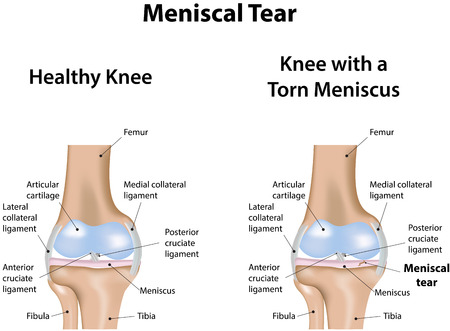
Signs & Symptoms/Clinical Presentation:
• Deep & joint line pain/tenderness
• Joint swelling – gradual over 24 hours
• Catching, Locking, Clicking, or Giving way
• Decreased range of motion
Conservative Treatment:
• Physical therapy to alleviate current symptoms, prepare for surgery, or post-op rehabilitation. Benefits:
- Improve knee range of motion and flexibility
- Increase strength and recruitment of quadriceps and other lower extremity muscles
- Correct movement patterns
- Decrease pain and swelling
Surgical Interventions:
• Meniscectomy – typical for White Zone tears
• Meniscal repair – typical for Red Zone tears
ZAMST Brace:
• Knee braces for increased support: ZK-7, MK-3, EK-3
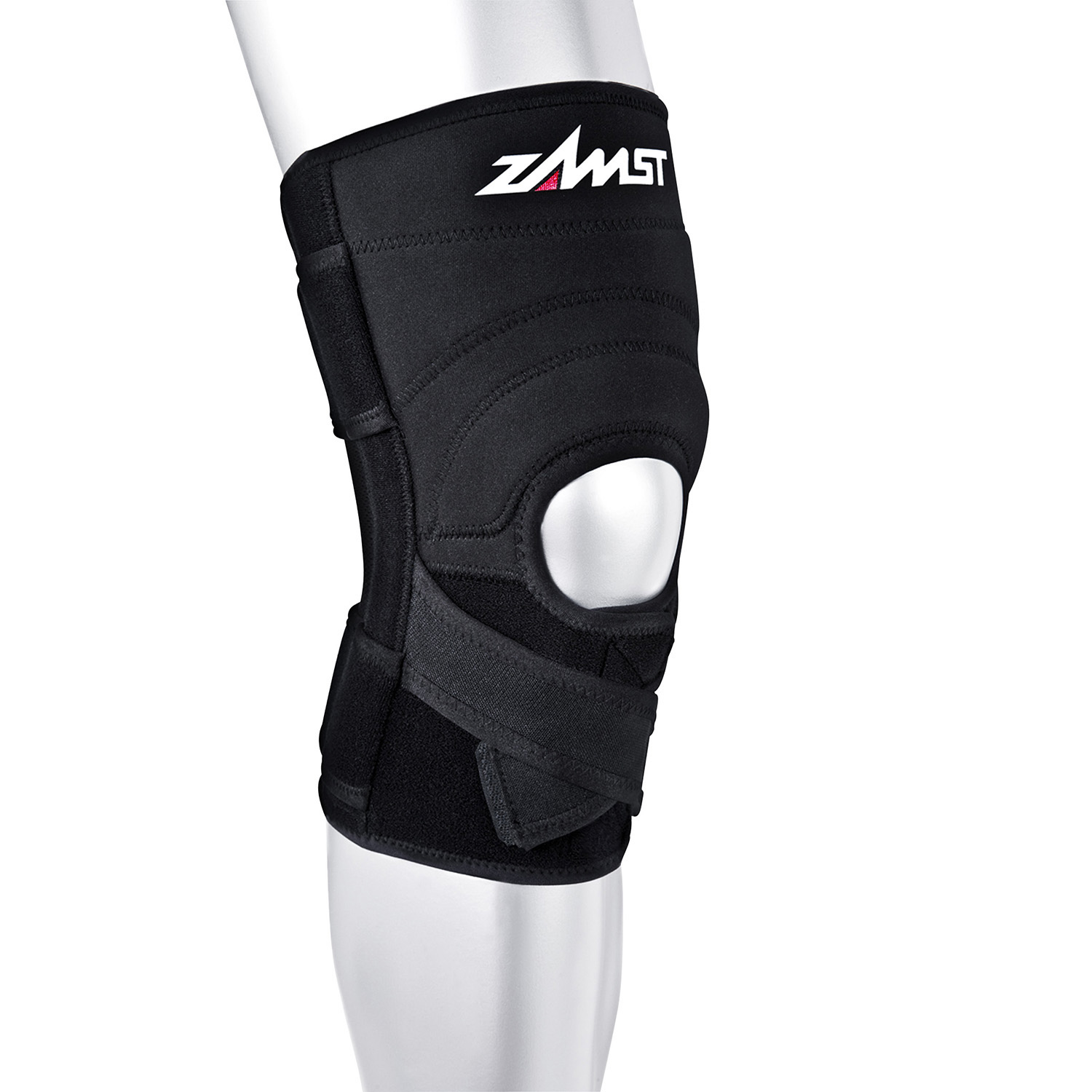
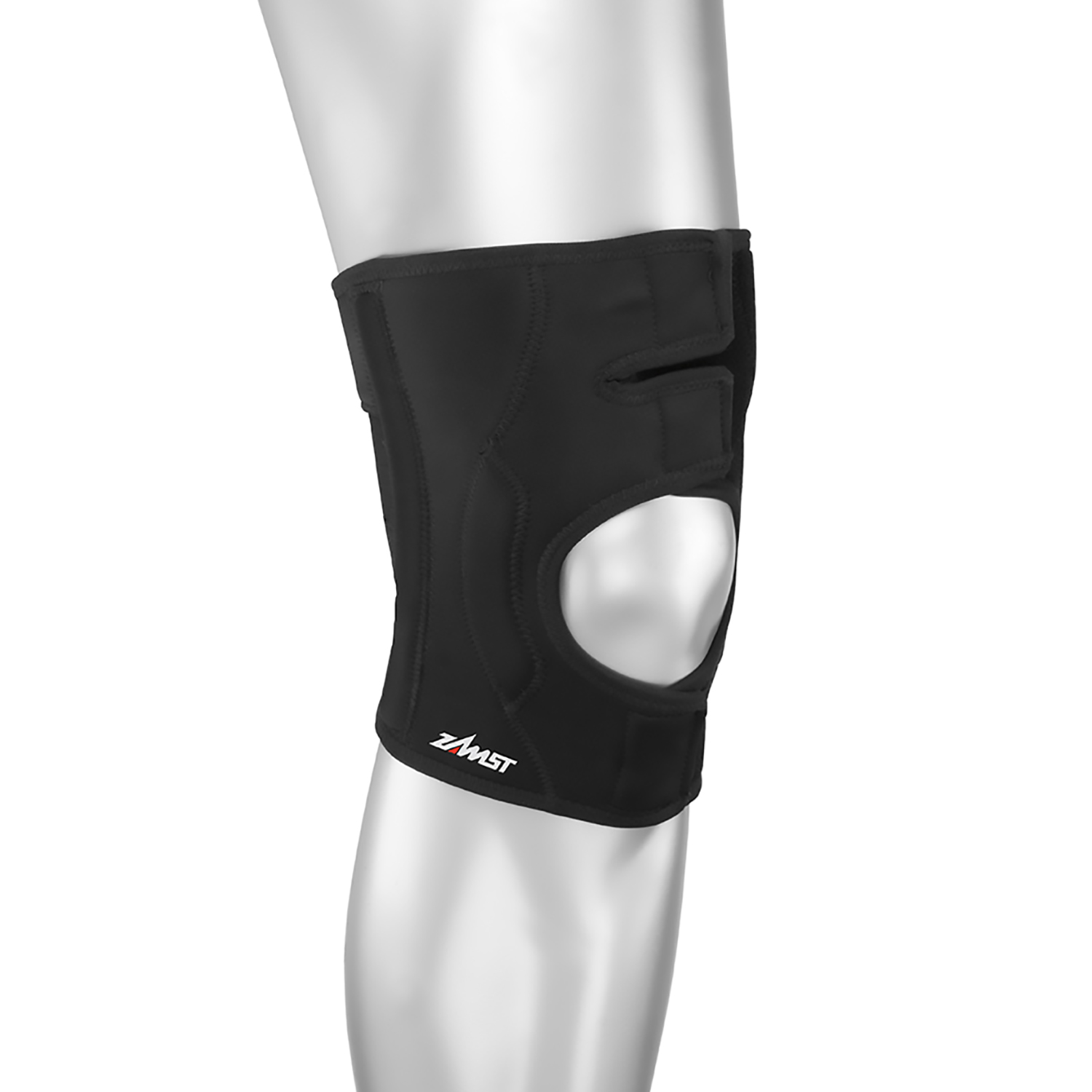
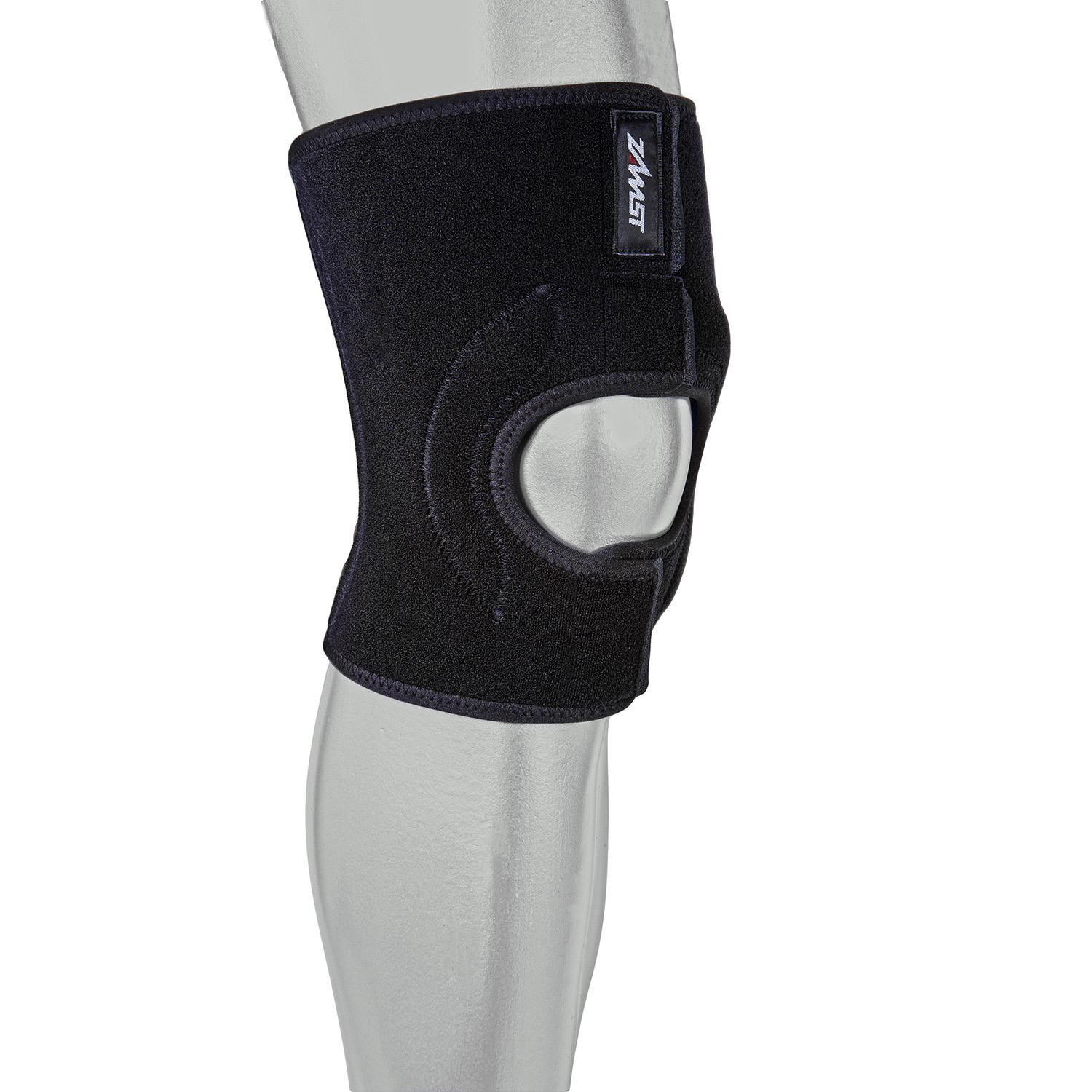
Gabriel Ignacio, University of Southern California Doctorate of Physical Therapy Candidate c/o 2017
ProSport Physical Therapy & ProSport STACK Performance
2777 Bristol Street, Suite B, Costa Mesa, CA 92626
References:
Baldwin, K. University of Southern California lecture on Disorders of the knee. Jan 2015
Makris, E.A., Hadidi, P., & Athanasiou, K.A.. The knee meniscus: structure – function, pathophysiology, current repair techniques, and prospects for regeneration. Elsevier Biomaterials. 2011; 32: 7411-7431.

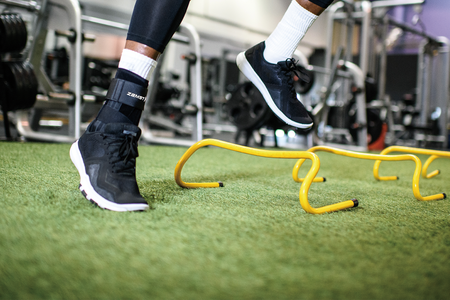





1 comment
Hi,
Nice article. Just wanted to let you know that I wrote a guide about meniscus tear treatment without surgery. Might be a nice addition to your site.
You can check it out here: https://www.alwaysfysio.nl/en/meniscus-tear-treatment/
Anyway keep up the good work
Cheers,
Martin